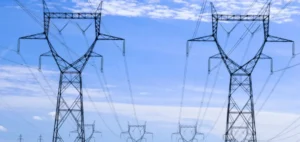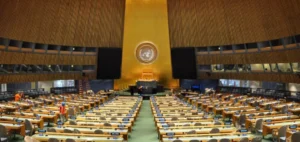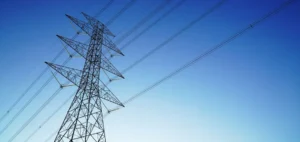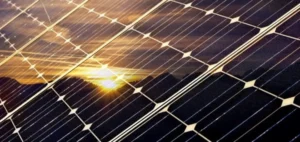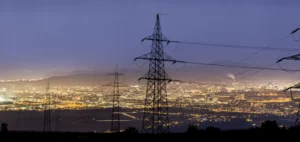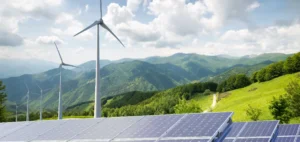Near the unfinished structures of a Soviet-era nuclear power plant, the Cuban government is overseeing the installation of 44,000 solar panels at the “La Yuca” photovoltaic park in the central province of Cienfuegos. This project is part of a national plan to commission 55 similar sites from 2025, with the objective of diversifying energy supply sources and reducing the use of fossil fuels, which remain essential to the operation of the country’s eight ageing thermal power stations.
Ageing infrastructure and chronic shortfalls
Minister of Energy and Mines Vicente de la O Levy acknowledged that more than half of Cuba’s fuel resources are consumed by electricity production. In statements to the state-run newspaper Granma, he said this expense exceeds that for food and medicine. Power outages, sometimes lasting several days, have become frequent: in the past six months alone, the national grid has suffered four complete blackouts due to technical failures or fuel shortages.
Cienfuegos, a strategic site for nuclear development in the 1980s, has been selected to host five of the upcoming solar parks. The area is home to critical infrastructure including a refinery, an industrial port, and a thermal power plant, making it a key node in the island’s energy network.
Discreet yet vital financial support from Beijing
The entire programme, estimated at several hundred million dollars, is being carried out with logistical and financial assistance from the People’s Republic of China. At the “La Yuca” site, containers marked with Chinese characters are visible, indicating the origin of imported equipment. However, Cuban authorities have not disclosed the exact figures involved in the investment.
Authorities are targeting an installed capacity of 1,200 megawatts (MW) by the end of 2025, a significant effort to cover a daily electricity generation deficit estimated at 1,500 MW. Nevertheless, residents in the affected regions continue to face prolonged service interruptions. In the community near the park, local women report adjusting their routines to limited electricity availability, resorting to charcoal for cooking and organising household chores during power windows.
Lack of storage and nuclear legacy
Jorge Piñón, a researcher at the University of Texas, noted that the programme’s success also depends on the deployment of storage capacity, which is currently lacking. The first containers intended for battery systems have already arrived on the island, but have not yet been equipped. This limitation reduces the ability to provide stable power, particularly at night.
Not far from “La Yuca”, the abandoned structure of the Cuban-Soviet nuclear project remains a symbol of a previous attempt at energy independence. Fifteen kilometres away, the dome constructed to house a nuclear reactor is still standing, bearing inscriptions in Russian. Former physicist Eliecer Machin, who trained in the Soviet Union, still lives in the “nuclear city” built for power plant staff and now survives by raising pigs.






